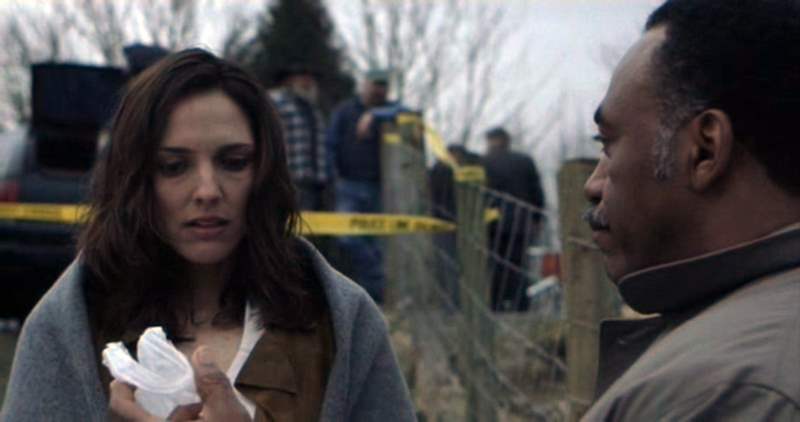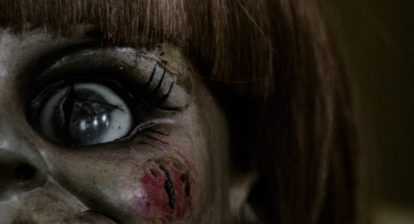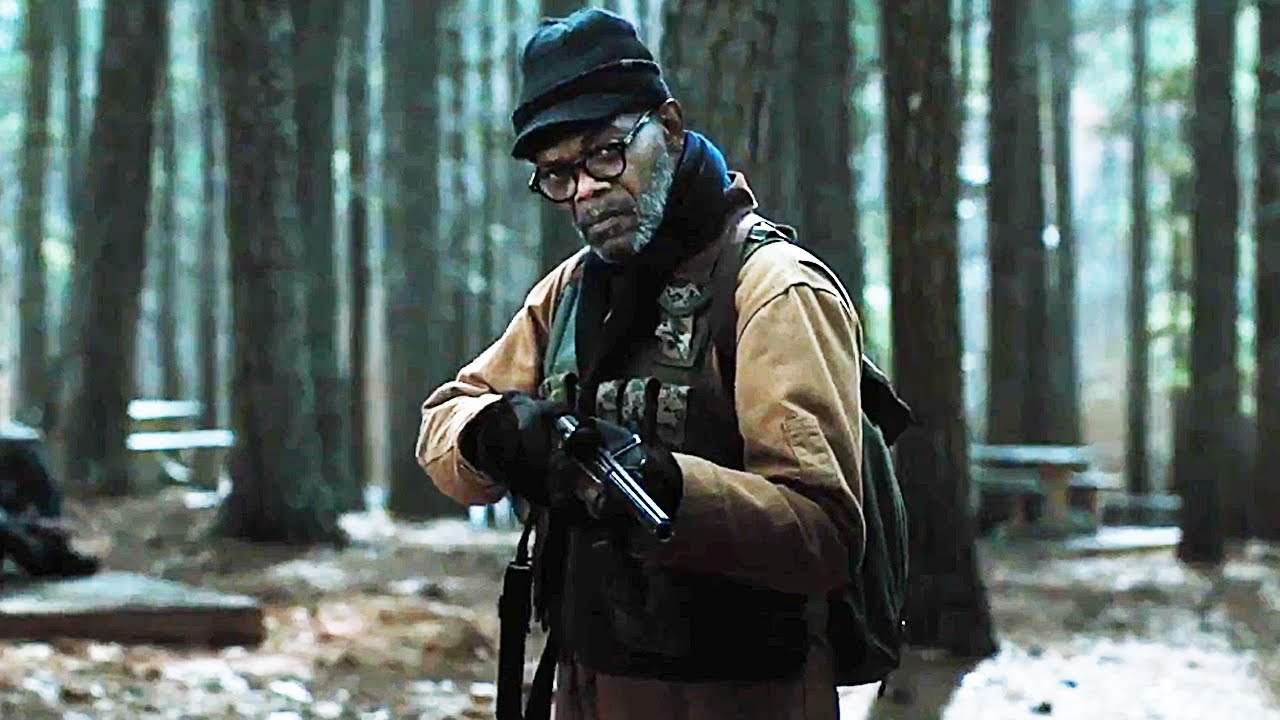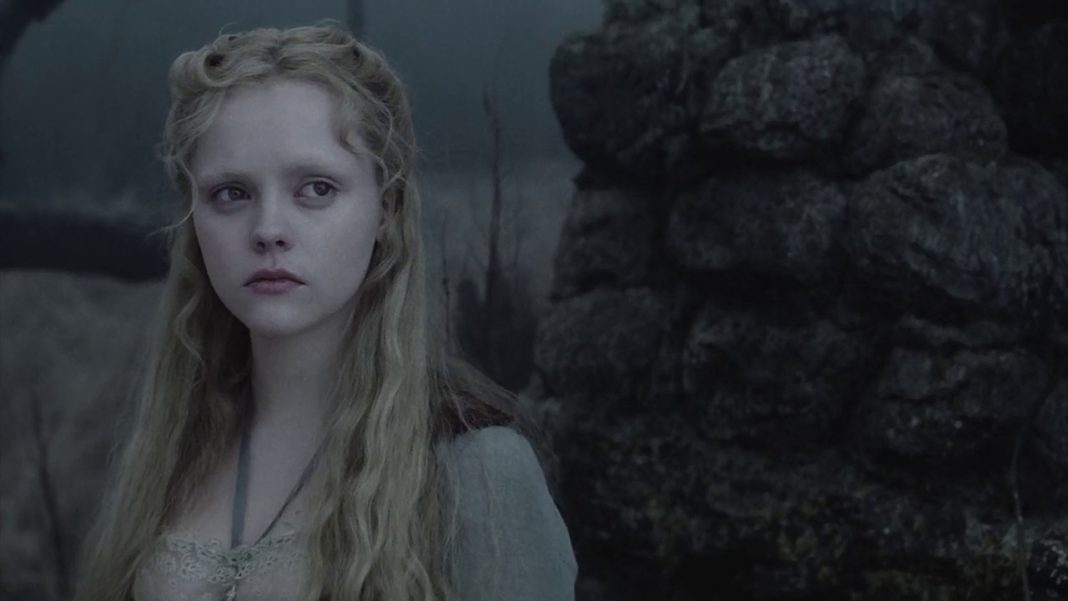Hellraiser changed the game. It was far from the first or last movie to do so, but when audiences were introduced to it in 1987, they had never seen anything like it. Of course, it had its influences, but this was a new world audiences were seeing for the first time, one that could only stem from Clive Barker’s vivid and endlessly fruitful imagination. In Hellraiser, we were introduced to a Hell that was, in many ways, entirely self-constructed. People were led to it by the intensity of their own desires, perhaps only realizing it was not what they wanted until it was already too late. At the same time, it’s a Gothic family drama set largely in a single house, depicting a family that is falling apart but is nonetheless shockingly close. Like all iconic horror films, though, Hellraiser is only as strong as its protagonist. Luckily, it has a great one in Kirsty Cotton.
To trace Kirsty’s origins, though, we need to take a step back to the original novella, The Hellbound Heart. While there are major differences in terms of some of the character names and relationships, Hellraiser very closely follows the plot of the book. The Cenobites bear different designs, they have more dialogue, but they’re in virtually the same amount of scenes and serve exactly the same purpose. The only real difference between the two lies in the protagonist. The Kirsty of The Hellbound Heart is a fairly lonely woman, often perceived as pretty unattractive by the people around her.
The only real close friend she seems to have is Rory (Larry in the film) who she is also completely in love with. Her relationship to him defines much of her character. She’s nervous, often losing her composure, sometimes even stopping to wonder if it’s easier to just let herself be killed than actually fight back. But she has one key component to her that translates into the film as it defines the third act of both the book and movie: her skill at bargaining.
Book Kirsty might not have much going for her, but she’s smart. Smart in such a way that allows her to be cunning and manipulative. And for all the traits that have made her such a great and earnest heroine, this is the one that has defined her most throughout the franchise.
When preparing to turn The Hellbound Heart into the feature film, Hellraiser, Barker understood that it was easier to spend the duration of a novella with a nervous, semi-pathetic heroine, but that changes might need to be made for a movie. Kirsty became younger, more conventionally attractive—but the biggest change was the addition of Kirsty to the central family of the narrative.
In Hellraiser, she becomes Larry’s daughter and that is an extremely important detail to note. In both the book and movie, this is the relationship that drives her character every step of the way. It defines her. Even if Rory is a would-be lover and Larry is her father, there’s remarkably little difference between the way she acts and the way those narratives unfold.
Kirsty’s incredibly close relationship with her father is childish at best, if not simply somewhat incestuous. While she is still shown to be sarcastic, smart and cunning, her parental co-dependence makes her often feel much younger than she actually is. It’s possible to read this as the reason Pinhead and the Cenobites initially let her go—saying “This isn’t for your eyes,” just as you would a child—but most everything in the text indicates that they, Pinhead especially, were simply impressed with her ability to bargain herself out of a hopeless situation.
Did You Know? Wicked Horror TV Has Classic and Independent Horror Films Available to Stream for Free!

This is something that’s even noted in the second film, where it forms a fundamental part of the narrative. Kirsty’s arc over the course of the sequel is crucial to her development as a character. She goes through changes that are both drastic and necessary. At the beginning, she is exactly where we last left her: defined by her attachment to Larry. In fact, this bond has consumed her so much that it has now thrown all sense of self preservation aside. Kirsty is willing to go into Hell to get her father back, believing that he is trying to reach out to her from the other side. In a vague retelling of the Orpheus myth, Hellraiser II is set in motion when Kirsty ventures into Hell to reunite with her father.
The smartest thing that sequel does, I think, is not allow that to happen. It wasn’t Larry reaching out to her, it was Frank, the most blatantly incestuous figure in the Cotton household as he only lured his niece into the labyrinth with the intention of raping her. Kirsty is not reunited with Larry, even though Pinhead acknowledges that her dad is there somewhere, lost in his own Hell.
Kirsty’s arc in Hellbound draws direct parallel with Ripley’s arc in Aliens, but it doesn’t matter because it’s incredibly important to her character and the two similar storylines wind up meaning very different things to their respective protagonists. Kirsty becomes protective of Tiffany, even becomes motherly, but this is extremely important for her because she’d been entirely defined by pining for her father up to this point.
 With Tiffany, she sheds that. She loses the need to be protected and becomes protective. She’s not going to find Larry here, she’s not going to get the chance to save him, but here is someone—not a projection of her own hope, but a frightened young girl—who actually needs her help. Even if her bond with Tiffany is never seen again on film, it is a major turning point for her character. It’s the moment that allows Kirsty to grow up.
With Tiffany, she sheds that. She loses the need to be protected and becomes protective. She’s not going to find Larry here, she’s not going to get the chance to save him, but here is someone—not a projection of her own hope, but a frightened young girl—who actually needs her help. Even if her bond with Tiffany is never seen again on film, it is a major turning point for her character. It’s the moment that allows Kirsty to grow up.
Kirsty’s confrontation with the Cenobites at the end of Hellbound is also fascinating. There was a tinge of respect between Kirsty and Pinhead in the original. As frightened as she was, he was true to his word and they both got what they wanted—for a moment. When the Cenobites do turn on her, it’s almost like a test. They don’t throw chains, they don’t attack her at all, and she is able to solve the box and send them back with relative ease.
When she confronts them again in the sequel, she bargains with something of much deeper value than an escaped prisoner. She offers them a chance to remember their own lives. Pasts and backstories that were completely forgotten. Even if this may wind up being their undoing—for the moment—Pinhead is incredibly grateful to the point of sacrificing himself so that Kirsty can escape.
The dynamic between Kirsty and Pinhead is fascinating. For a chunk of the franchise, she’s the heroine and he’s the villain—if not always the main villain. Their relationship is inherently antagonistic. On paper, they’re rivals. Yet Michael Myers never offered Laurie Strode a way out of her situation. Freddy Krueger certainly never laid his life on the line for Nancy. There’s a spark between these two characters that fans have certainly gravitated toward and run with for thirty years. It’s a fascinating relationship. Even if it’s not love, even if there’s not even attraction here, there is a fundamental and deep-rooted respect on both sides.
Even if the deals Kirsty makes are harmless, he always sees through them. Pinhead always sees her destructive potential and likely has from the very beginning. He sees how deep her instincts for self-preservation run, as well as her potential for manipulation. Which is why, as jarring as it is to witness a darker Kirsty later on in the franchise with Hellraiser: Hellseeker, it makes perfect sense.
She’s not a villain, by any stretch, but she’s far from the white knight she’d been in the first two movies. After realizing her husband’s plan to kill her, she offered his life and the lives of his co-conspirators to settle her debt. As horrific as it is to find out that the man she married plans to murder her for her money, Kirsty immediately figures out how to turn it around. She basically turns to, well, an old friend and sees this as an opportunity to close her tab.
Also See: Cenobites by Association: Seven Movies Influenced by Hellraiser
 Hellseeker marks the last time we see Kirsty on film, though she reappears in the 2011 comic series from Boom! Studios, which is certainly worth mentioning as it in some ways brings her character full-circle. Initially co-plotted by Clive Barker and Christopher Monfette, this series sees Pinhead tire of Hell and embark on a mission to regain his humanity. It can be done, but the only catch is he needs someone to take his place. Over his many years, no one has equaled him, no one has matched wits with him like Kirsty Cotton. She’s the obvious choice. And she agrees on the grounds that she sees it as a chance to fight the system from within, to at least try and make Hell a little less… hellish.
Hellseeker marks the last time we see Kirsty on film, though she reappears in the 2011 comic series from Boom! Studios, which is certainly worth mentioning as it in some ways brings her character full-circle. Initially co-plotted by Clive Barker and Christopher Monfette, this series sees Pinhead tire of Hell and embark on a mission to regain his humanity. It can be done, but the only catch is he needs someone to take his place. Over his many years, no one has equaled him, no one has matched wits with him like Kirsty Cotton. She’s the obvious choice. And she agrees on the grounds that she sees it as a chance to fight the system from within, to at least try and make Hell a little less… hellish.
Seeing Kirsty step into that role, becoming Pinhead, makes a great deal of sense for her character. Even if the comic series changed many hands from that point, that was a bold and rewarding story move. When Clive Barker brought Pinhead to an end in the 2015 novel The Scarlet Gospels, many felt that the only loose thread still to be tied up was Kirsty, and that closure for him should mean closure for her as well. Luckily, we will apparently see that closure in next year’s novel, Hellraiser: The Toll, which will catch up with the novel’s interpretation of Kirsty some years later, before the events of Scarlet Gospels.
This is a character who’s shown an immense amount of growth and change over the course of the series. Layered, flawed, kind and cunning in equal doses, Kirsty is integral to Hellraiser’s success and has proven herself over time to be as important to the franchise as Pinhead himself.






